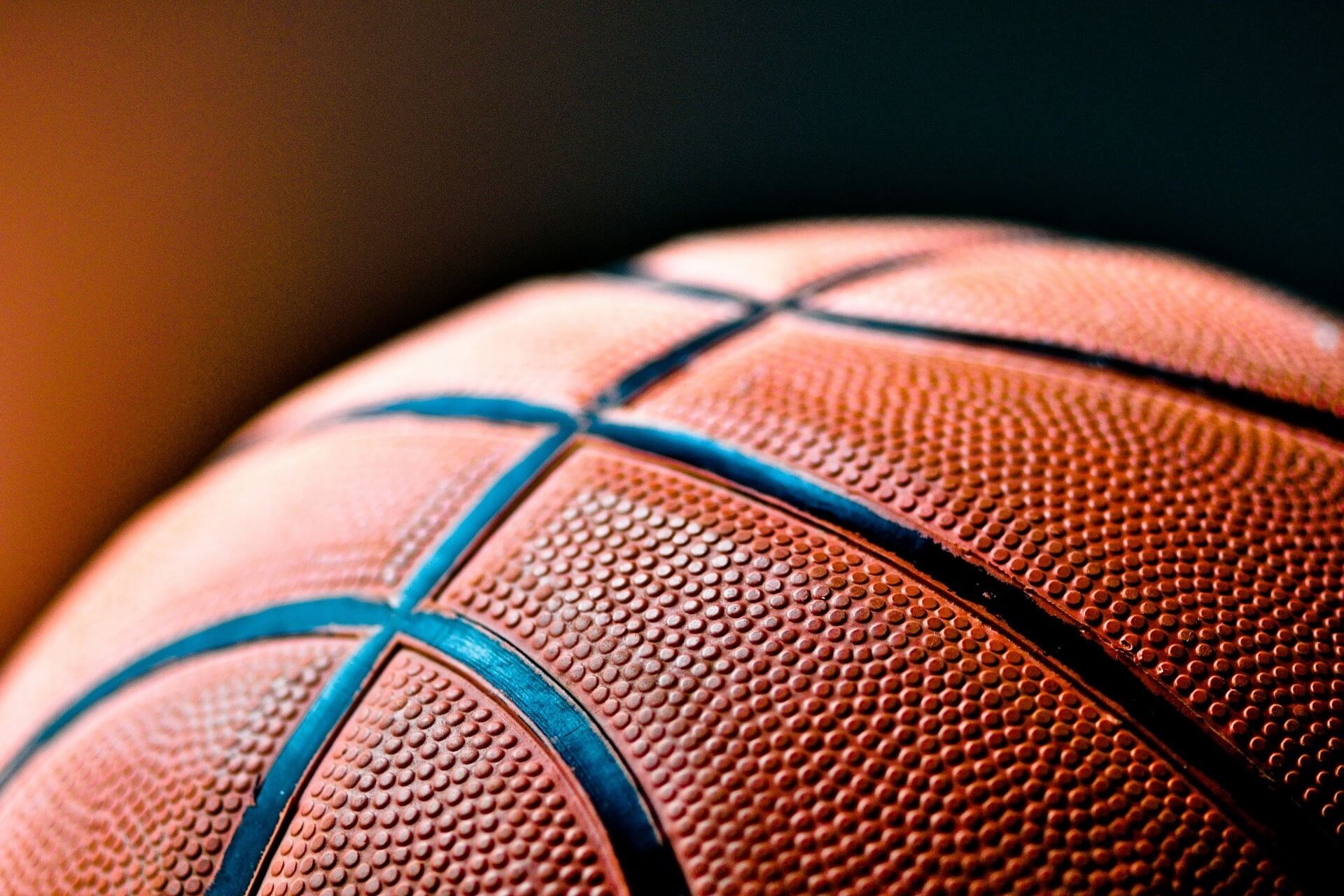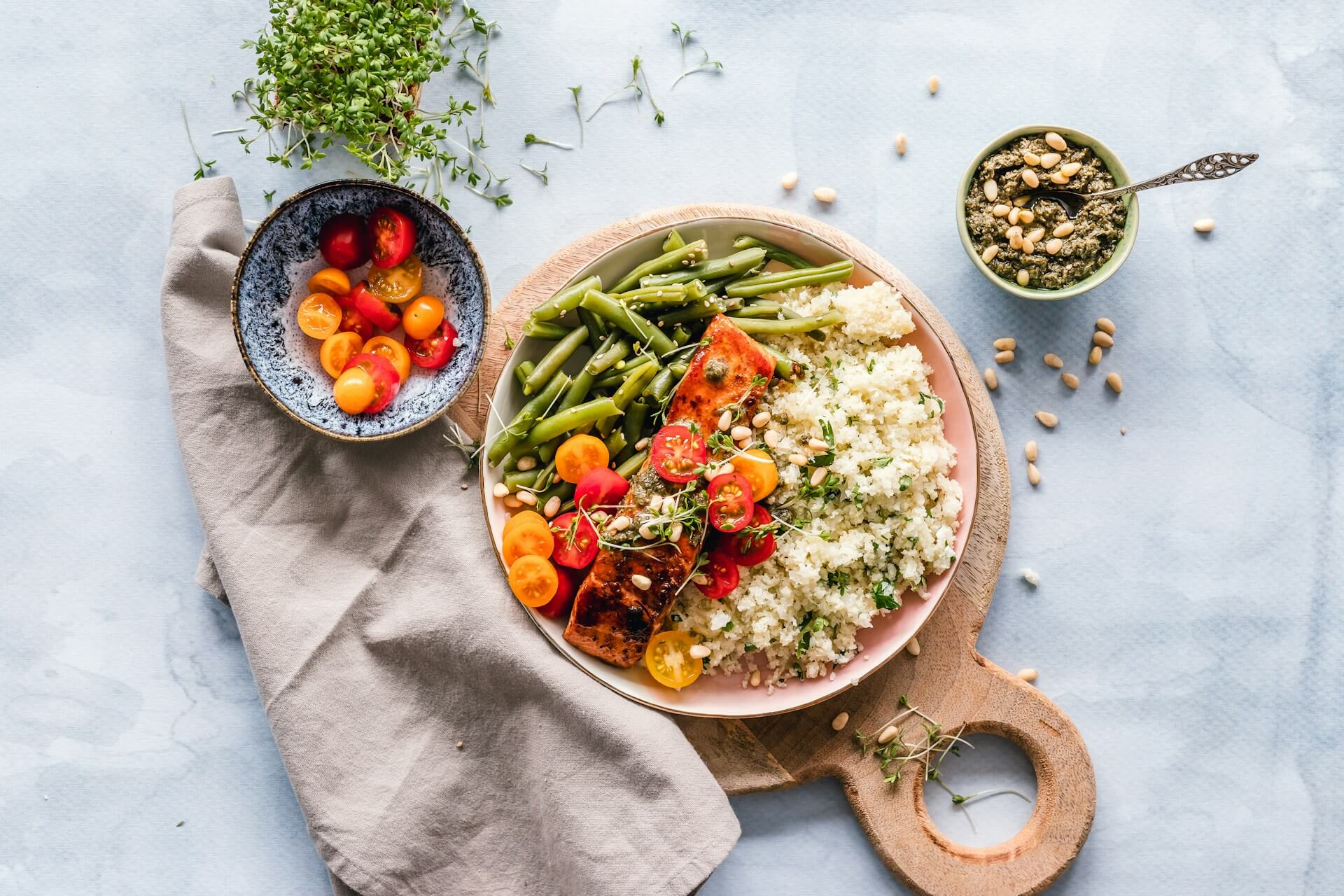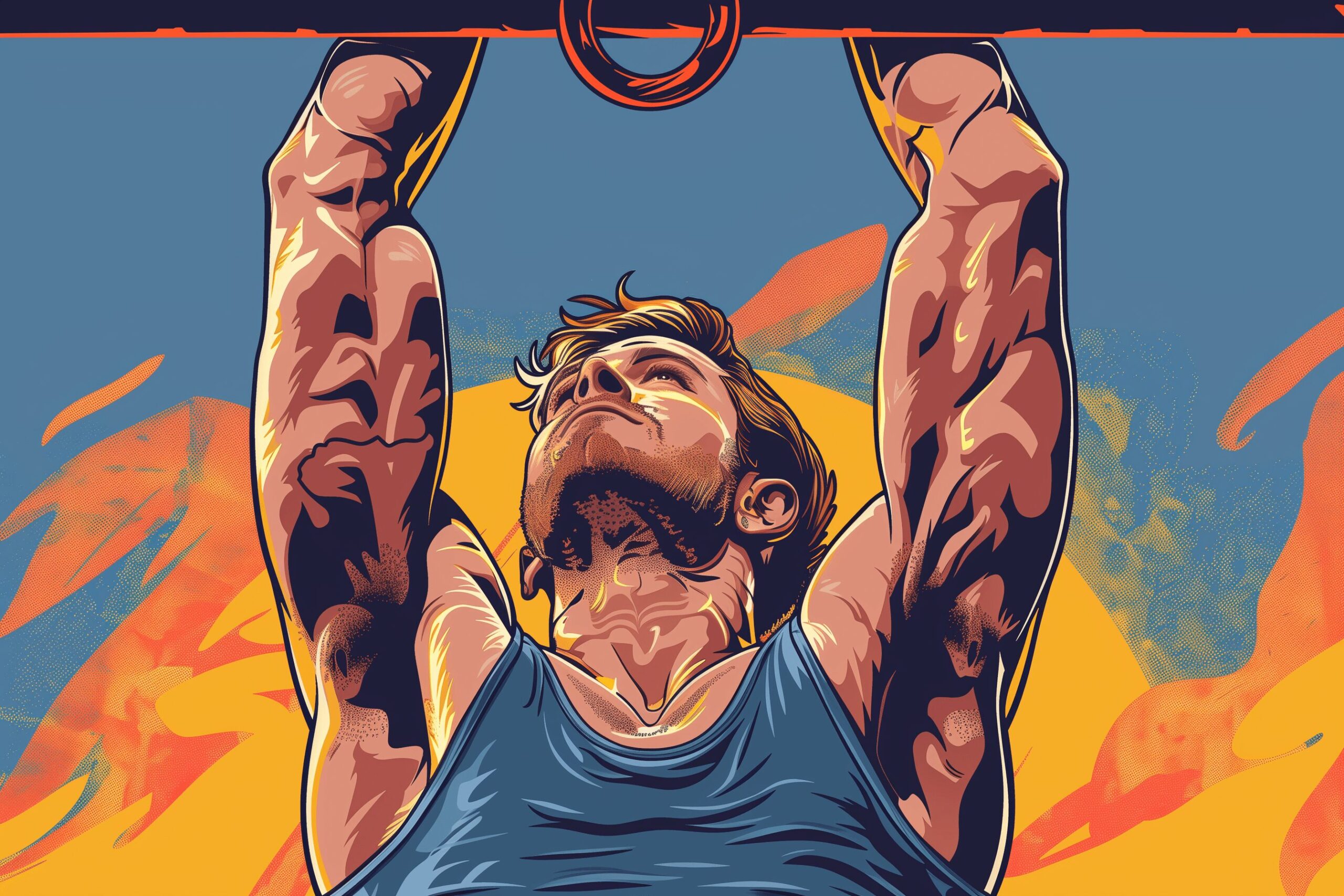What Is Carbo-Loading? Foods to Eat and Mistakes to Avoid
Jan 05, 2024
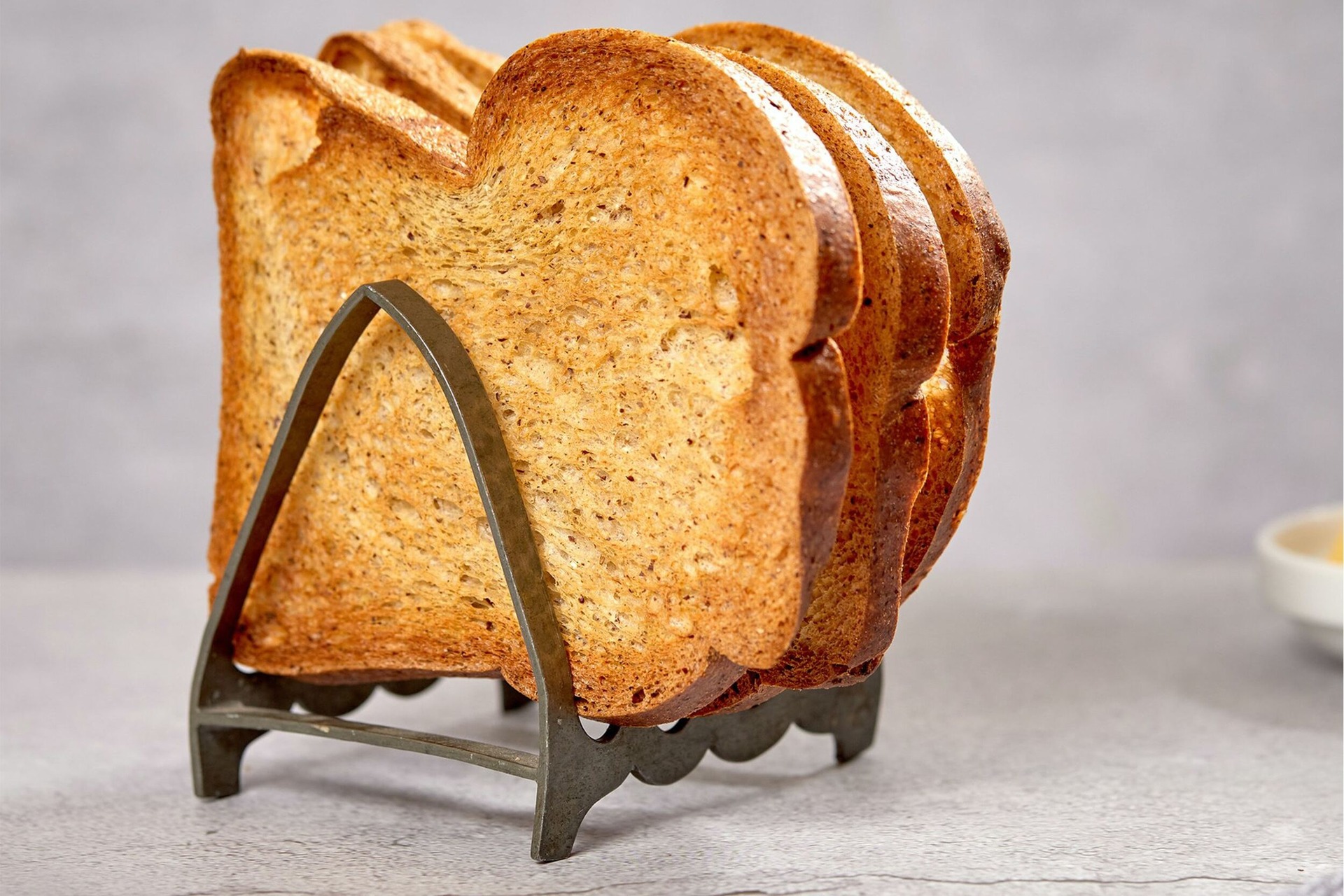
As an Amazon Associate, Modded gets commissions for purchases made through links in this post.
Many athletes feast on carbohydrates in preparation for competitions or events. Why do they do it? Will you also benefit from doing it? Demystify carb loading to know whether it’s worth your while.
What Is Carbo-Loading For?
Carb loading is a nutritional strategy designed to increase the amount of glycogen stored mainly in your liver and muscles. This way, your body doesn’t run out of fuel too quickly during nonstop intense physical activity — say, cycling for 90 minutes without respite — where endurance matters. The more energy you have during athletic events and competitions, the less likely you are to experience fatigue and the more you can elevate your performance.
Carb-loading programs involve consuming more carbohydrates than usual and decreasing the amount you exercise. They typically range from one to six days.
What is carbo-loading not useful for? This nutritional strategy may have little impact on exercise with short bursts of activity. The same may also apply to events lasting less than 90 minutes.
What Should Be Avoided While Carbo Loading?
Multiple approaches can lead to successful carb loading, but these eight mistakes can sabotage your efforts.
1. Not Knowing What Carbs to Eat
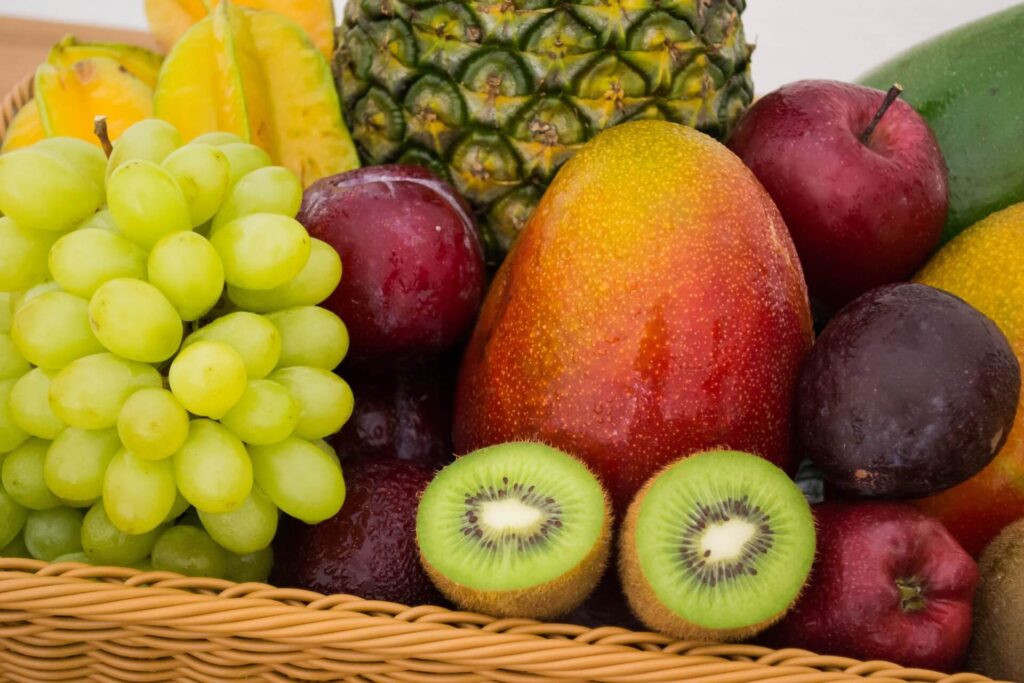
Sugars, starches and fibers are the three main types of carbohydrates. The first group is a simple form of carbs that are easy to digest and provide an abundant energy source. In contrast, the second and third groups are complex carbohydrates, which are hard to break down for your body to absorb and use as fuel more quickly.
In the context of carb loading, sugars are good carbohydrates. Steer clear from complex carbs, especially high-fiber foods, to avoid stomach discomfort.
2. Not Recording Carb Intake
Noting what you eat is vital to ensure you consume the right carbs. Eating too little of them will lull you into a false sense of effectiveness, while carb-loading too much can inadvertently jack up your calorie intake.
The recommended amount of carbs you need to consume while carb-loading is 4.5 grams of carbs per pound of your body weight. The heavier you are, the more carbohydrates you must consume.
Some schools of thought say you should exceed this magic figure as your competition draws near. Everyone’s body is different, so determine what works best for you through trial and error.
How do you count the carbs on your plate? You can do the math in three ways — by reading labels, consulting cookbooks and food databases and weighing food per serving.
The first method is straightforward because it involves minimal calculation. The second is informative, whereas the third is suitable for counting carbs in oddly sized foods.
Calculating carbs is necessary if it’s your first rodeo. As you gain experience in carb loading, you can develop a sixth sense and know the proper amount of carbs to consume by intuition.
3. Indulging in Too Much Fat

Fat is a vital component of a balanced diet. However, you must limit your fat consumption while carb-loading to minimize calorie intake. Consuming too many calories results in weight gain, negatively impacting your performance during the event.
The trick is to ingest high-carb, low-fat foods while carbo-loading. This way, you can increase your body’s glycogen storage capacity for sustained high energy without feeling heavier.
4. Trying New Foods
Being an adventurous eater while carb-loading heightens your risk of having an upset stomach. Gastrointestinal problems can affect your exercise and put you at a disadvantage during the competition.
5. Over-Consuming on Competition’s Eve
Carb-loading programs generally involve increasing your carbohydrate intake days before the event. Although they can do wonders, you may feel sluggish or bloated on the big day if you have a high-carb meal the night before. Eat light instead to err on the side of caution.
6. Having Little Rest
Regardless of the program, dialing down your physical activity at some point during your carb-loading initiative is a must. Otherwise, you minimize the glycogen you can store since you use more energy than necessary.
7. Worrying About Weight Gain
Weight gain during carb loading is only an issue when you overconsume fat and ignore your calorie intake. If the weighing scale says you’re heavier, it’s probably just water weight, not body fat accumulation.
8. Eating With Total Abandon
Carb-loading is about increasing your carb intake, not getting a bigger plate. It isn’t an excuse to eat to your heart’s content, so maintain your protein consumption and avoid fatty and high-fiber foods.
When Should I Start Carb Loading?
You can start carb-loading one, three or six days before the event. The longer the duration, the more complicated the strategy is.
The one-day program involves carb-loading and resting 24 hours before the competition.
Three-day programs may or may not involve exercise. The classic approach is to work out at the beginning of the three days until you’re exhausted. Then, you stop training throughout the remainder of the program and have a diet whose 70% of calories come from carbs.
On the other hand, the modified version completely ditches exercise, so your focus is to increase your carb intake 72 hours before the event.
Conventional six-day programs are about exercising for the first three days while having a low-carb diet where carbohydrates only account for 15% of your calorie intake. On day four, you exercise less while switching to a high-carb diet. You rest on days five and six.
Modern six-day programs involve getting 50% of calories from carbohydrates on days one to three and increasing it to 70% for the last three days. You can gradually decrease your training throughout this period. During days four to six, you can stop working out entirely or exercise for 20 minutes max.
What Are the Best Foods for Carbo Loading?
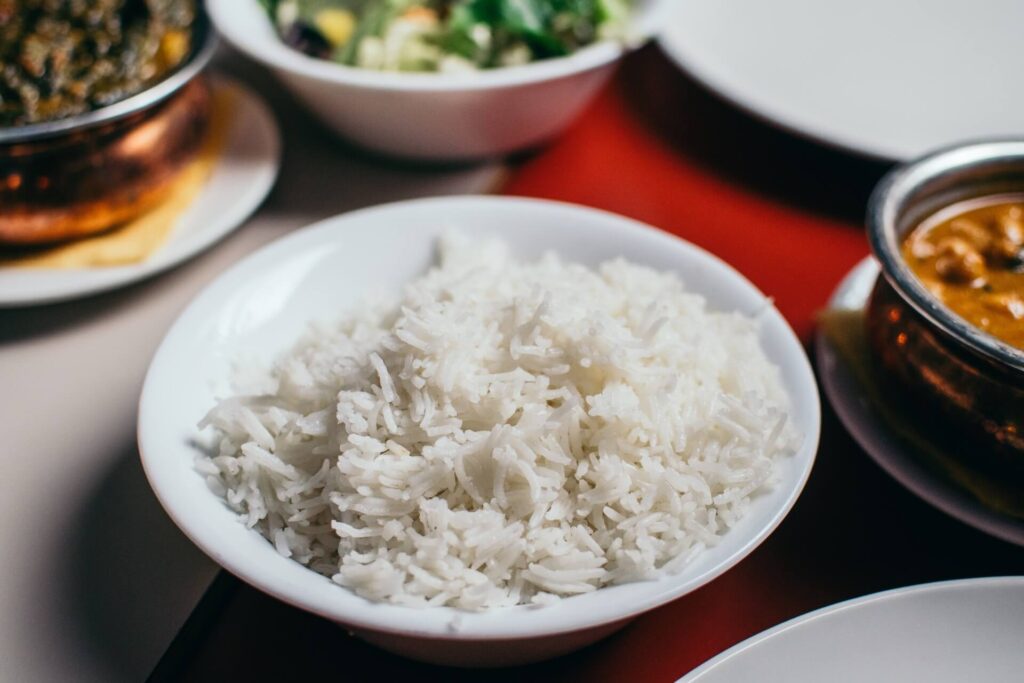
The best foods for carb loading are anything high in carbs and low in fat and fiber. These items should be on your dining table:
- Applesauce
- Cooked white flour
- Fruit or any derivatives — jelly, juices or smoothies
- Low-fat energy bars
- Low-fiber cereals
- Pretzels
- Sherbet or popsicles
- Skinned white potatoes
- Sports drinks
- White bread
- White noodles with marinara sauce
- White rice
Pair these carbohydrates with lean proteins, such as fish, poultry and fat-free dairy, to support your muscles.
Carb-Load the Right Way
Carbo loading makes sense for some physical activities only. If it can help prepare your body for an intense athletic pursuit, do it properly and avoid making the usual mistakes others commit to see excellent results.
